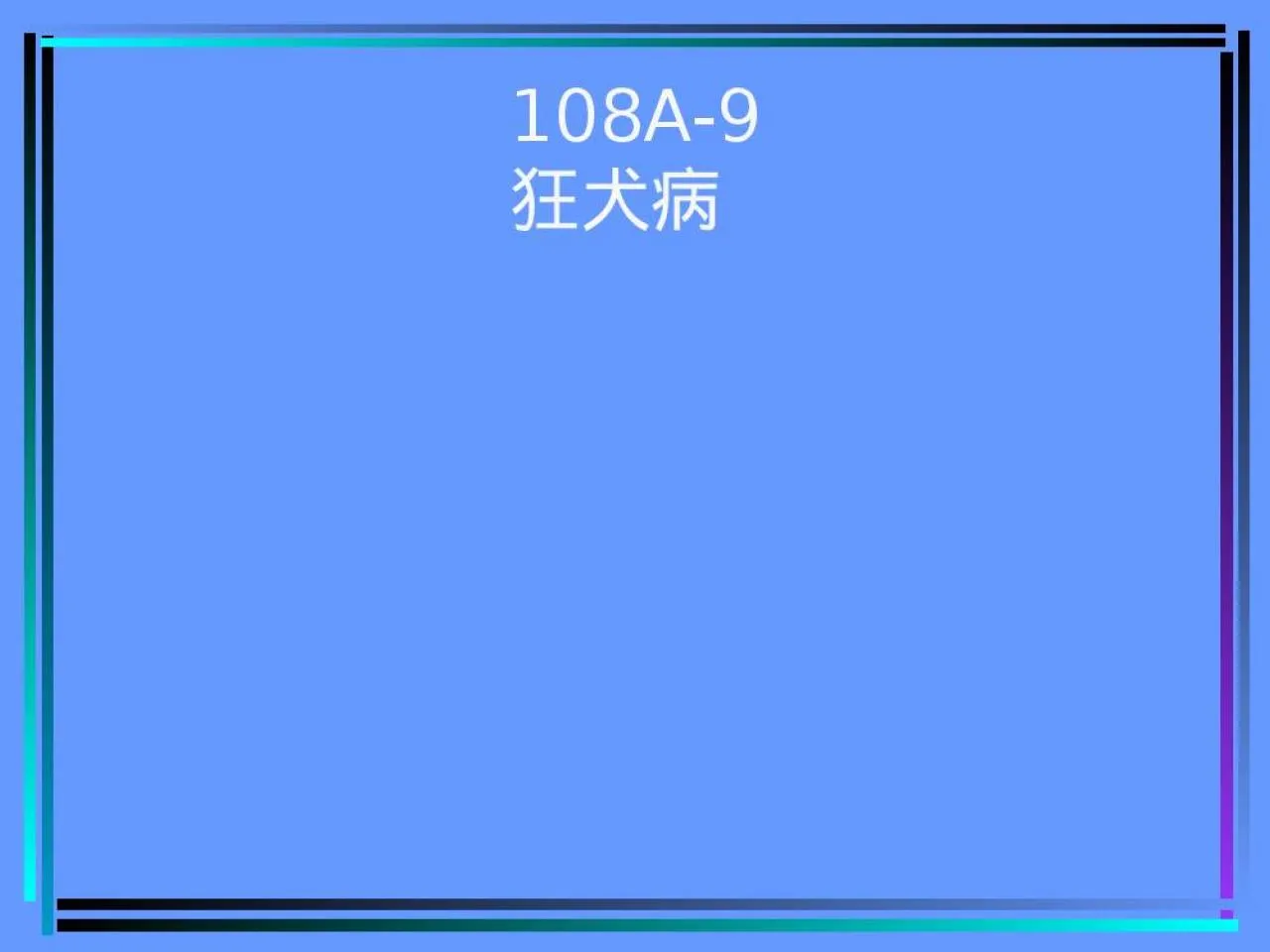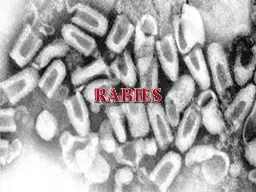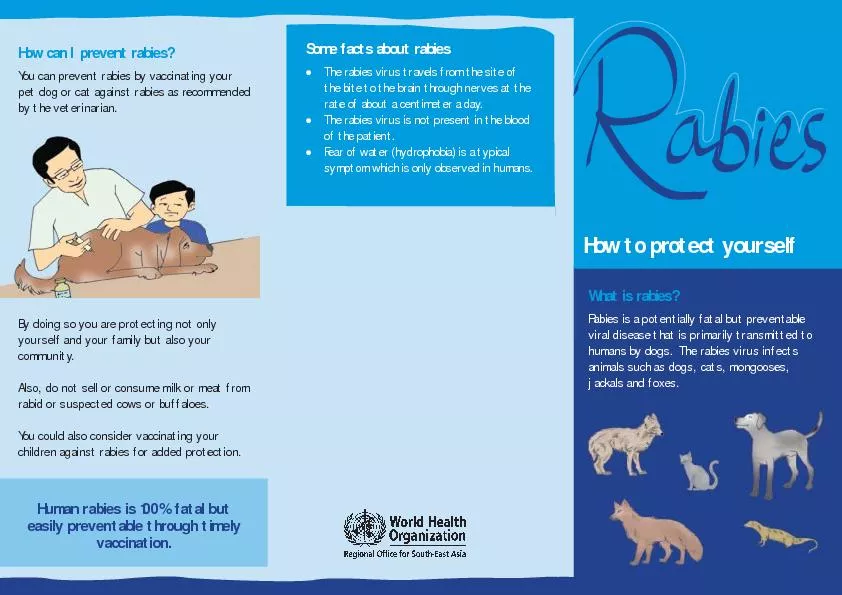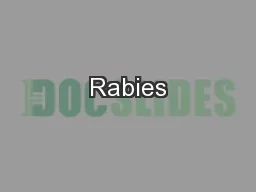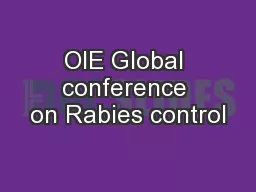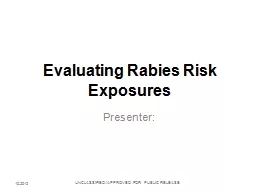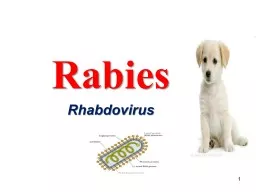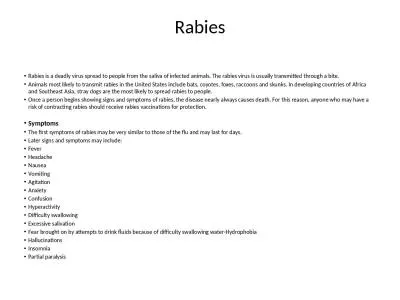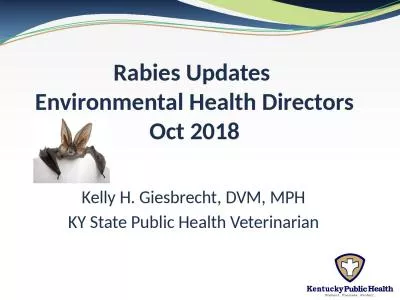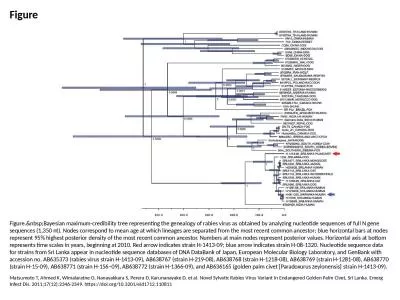PPT-108A-9 狂犬病 Pathogenesis of rabies virus infection
Author : williams | Published Date : 2022-05-18
Distribution of animal rabies in the United States 1999 The percentages relate to the total number of cases of animal rabies Cats are not vaccinated in the US
Presentation Embed Code
Download Presentation
Download Presentation The PPT/PDF document "108A-9 狂犬病 Pathogenesis of rabies ..." is the property of its rightful owner. Permission is granted to download and print the materials on this website for personal, non-commercial use only, and to display it on your personal computer provided you do not modify the materials and that you retain all copyright notices contained in the materials. By downloading content from our website, you accept the terms of this agreement.
108A-9 狂犬病 Pathogenesis of rabies virus infection: Transcript
Download Rules Of Document
"108A-9 狂犬病 Pathogenesis of rabies virus infection"The content belongs to its owner. You may download and print it for personal use, without modification, and keep all copyright notices. By downloading, you agree to these terms.
Related Documents

